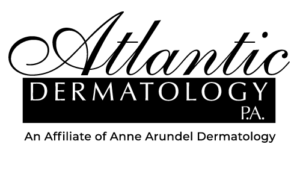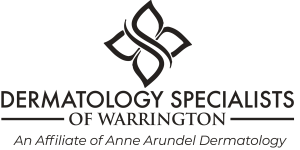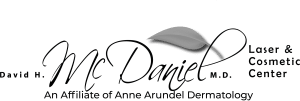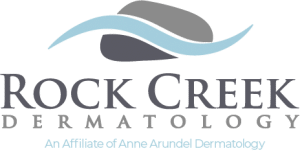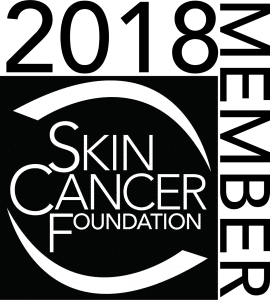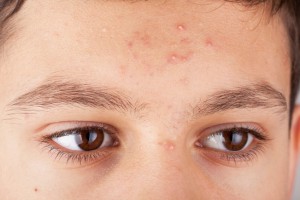 Are you a teen struggling with acne? If you are, you’re not alone. Acne is the most common skin disorder in the United States and it currently affects 60 million people. 85% of all people will have acne at some point in their lifetime and 25% will get acne scars. It is most common in young adults and more than 90% of teens suffer from it. The peak outbreaks are between 17 and 18 years old for women and 19 and 20 years old for men. Hormones caused by puberty and menstruation, an increase in stress, a high glycemic diet, genes and bacteria infections can all cause acne.
Are you a teen struggling with acne? If you are, you’re not alone. Acne is the most common skin disorder in the United States and it currently affects 60 million people. 85% of all people will have acne at some point in their lifetime and 25% will get acne scars. It is most common in young adults and more than 90% of teens suffer from it. The peak outbreaks are between 17 and 18 years old for women and 19 and 20 years old for men. Hormones caused by puberty and menstruation, an increase in stress, a high glycemic diet, genes and bacteria infections can all cause acne.
Acne occurs when the pores of the skin become clogged with oil, dead skin, or bacteria. To be considered acne, there needs to be at least 5 pimple outbreaks a month. There are several kinds of acne:
- Blackheads. These are open to the surface and black in color. They are filled with excess oil and dead skin cells. The oil’s reaction to air causes the black color.
- Whiteheads. These are closed at the surface and are white in color. They occur when oil and skin cells prevent a clogged hair follicle from opening.
- Papules. These are small, inflamed red or pink bumps. They may be sensitive to the touch and may indicate moderate to severe acne.
- Pustules. These are another kind of inflamed pimple. They resemble a whitehead with a ring around the bump and are filled with white or yellow pus.
If you are struggling with acne, don’t squeeze or pop your zits because it risks scars and the spread of the infection. Be sure to eat healthy foods and decrease the amount of carbs in your diet. Exfoliate, steam and deep clean your skin on a regular basis. And be proactive. 100% of acne is controllable and preventable. With the help of a physician, the severity and lifetime of acne can be reduced by greater than 80%. Acne treatments can range from topical prescriptions to light or laser therapy. Results may take time, but often patients enjoy dramatic improvement in a matter of weeks.


